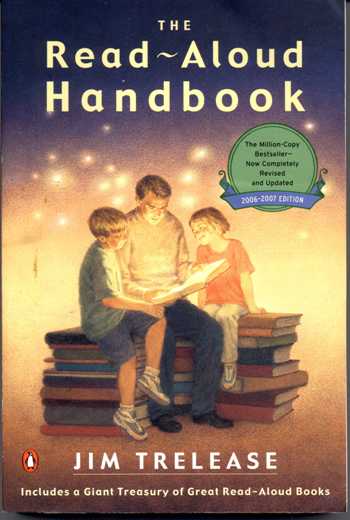Happy Winnie-the-Pooh Day! Today marks the anniversary of the birth of author A.A. Milne in 1882. Christopher Robin's "Silly Old Bear" holds a special place in my heart, being one of the early favorite characters I introduced my children to during our read aloud time. I enjoyed Milne's books as much as they did - and there's a reason for that...
Peter Dennis, an English actor who for many years performed a one-man-show, "Bother!", and lent his vocal talents in recording all of Milne's stories and verses
(available HERE), said:
For too long, Winnie-the-Pooh has been relegated to children's bookshelves and Disney children's cartoons. But A. A. Milne didn't write the stories and poems for children. He intended them for the child within you – and me – and countless millions of others. Milne rarely read the stories and poems to his son Christopher, preferring rather to amuse him with the works of P.G. Wodehouse. In a letter to me, Christopher wrote, "My father did not write the books for children. He didn't write for any specific market; he knew nothing about marketing. He knew about me. He knew about himself..." [source:
Pooh Corner]
If you're ever in New York City, be sure and stop by the
Public Library's Children's Center (their home in the Stephen A. Schwarzman Building at Fifth Avenue and 42nd Street), where you can see Christopher Robin's beloved bear and other treasured toys preserved for viewing in a glass cabinet. Below are some
"Fun Facts" from the NYC Public Library website...
FUN FACTS ABOUT THE REAL WINNIE THE POOH AND HIS FRIENDS
-The curious name of "Winnie-the-Pooh" came from Christopher Robin, from a combination of the names of a real bear and a pet swan. During the 1920s there was a black bear named "Winnie" in the London Zoo who had been the mascot for the Winnipeg regiment of the Canadian army. "Pooh" was the name of a swan in When We Were Very Young [Milne's first book of poems].
-Pooh was purchased at Harrods department store in London and given by A.A. Milne to his son Christopher Robin on his first birthday, August 21, 1921. He was called Edward (proper form of "Teddy") Bear at the time.
-The rest of the toys were received as gifts by Christopher Robin between 1920 and 1928.
-Not only Christopher Robin played with the toys; so, apparently, did the family dog, which may have contributed to their well-worn appearance.
-The baby kangaroo stuffed animal (named Roo) was lost in an apple orchard during the 1930s.
-Winnie-the-Pooh had adventures with Piglet, Eeyore, Kanga, Roo, Owl, Rabbit, and Tigger in the 100 Aker (Acre) Wood (based on the Ashdown Forest in southern England, located near the Milne family home).
-Owl and Rabbit were brought to life to join Pooh and pals Eeyore, Piglet, Kanga, Roo, and Tigger, by Milne and illustrator Ernest H. Shepard.
-The stuffed animals range in height from 25" (Eeyore, the biggest) to 4 1/2" (Piglet, the smallest).
Want more information? You can also see NYP Library's
A REAL POOH TIMELINE, here.
Make a
Honey Cake, to celebrate the day: Click
HERE for the recipe, from my past post, "Proper Tea with Winnie-the-Pooh".
My book recommendation for today:
Three Cheers for Pooh, by Brian Sibley. You'll love Brian Sibley's richly detailed account, with lavish illustrations of Ernest Shepard's full-color artwork and original sketches (as well as photographs, newspaper reports, and manuscript pages in Milne's own handwriting). This creatively designed book is perfect for both seasoned Pooh admirers and those eager to get better acquainted with Edward Bear - known to most as: Winnie-the-Pooh.


















